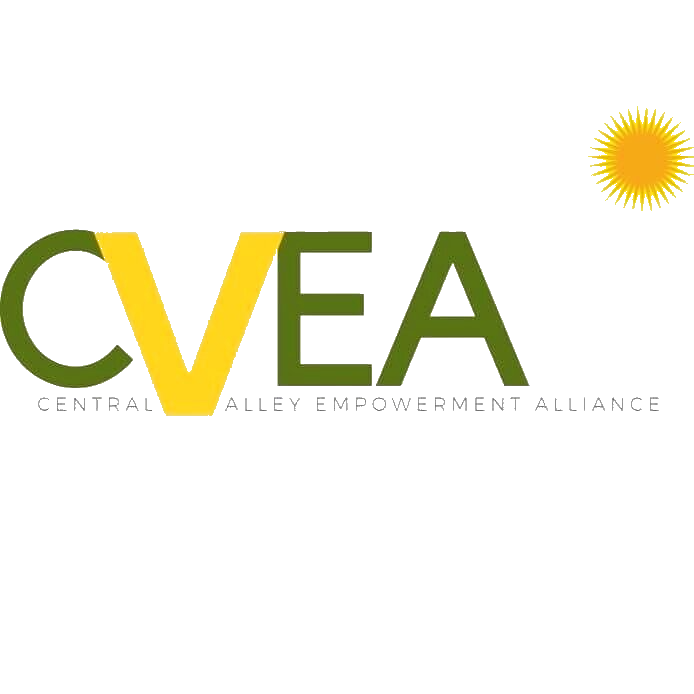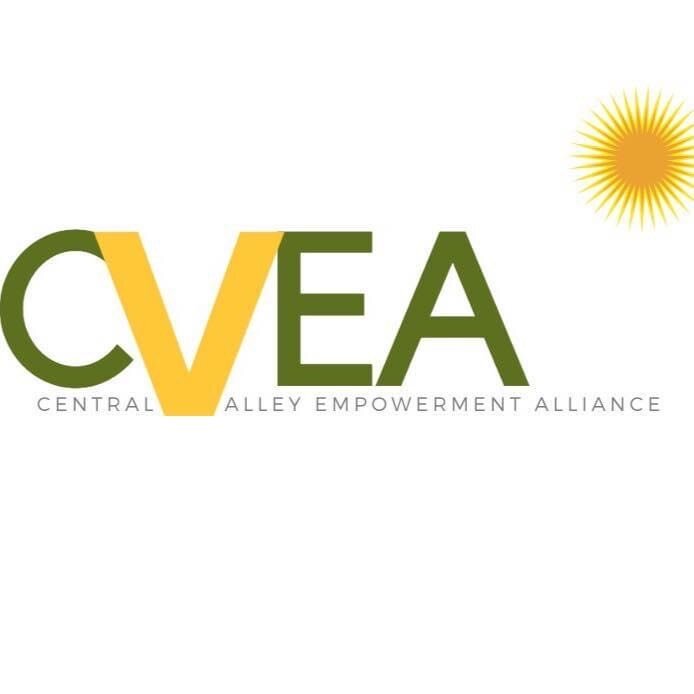Valley communities lost water in last drought. Are small water systems ready this time?
BY DANIELLE BERGSTROM MAY 26, 2021
First published in the Fresno Bee Here
Lea este artículo en español aquí.
Arturo Rodriguez, Board president, Poplar Community Services District, talks about how population growth in a disadvantaged community coupled with the possibility of drought in a is such a huge problem in the small town of Poplar. BY CRAIG KOHLRUSS
Arturo Rodriguez and his colleagues on the Poplar Community Services District board are responsible for keeping clean water flowing to 2,500 residents in the middle of a global pandemic and drought.
Of the community’s three wells, two are in production right now, although Rodriguez doesn’t know how long they’ll last through another drought. The other well is inactive because it is contaminated with nitrates. As the aquifer lowers this summer, even if the wells don’t run dry, they run a greater risk of becoming contaminated. Water suppliers are often forced to choose between a contaminated well or no running water.
“We’re definitely concerned. Not enough has been done to mitigate the synergistic effects causing overdrafting,” Rodriguez said.
Arturo Rodriguez, board president, Poplar Community Services District and Sandra Garcia (Volunteer Coordinator CVEA) stands outside the Larry Itlong Resource Center in Poplar during a food distribution event on Thursday, May 6, 2021. CRAIG KOHLRUSS CKOHLRUSS@FRESNOBEE.COM
The aquifer becomes overdrafted as more people pump groundwater during droughts, when water from snowmelt and rivers isn’t available.
Poplar is one of hundreds of small community water systems in the central San Joaquin Valley facing severe challenges in the task of providing residents with safe and reliable drinking water, particularly during drought. Some 360,000 people are at risk, according to a drought-risk analysis by DWR.
WATER SYSTEM SEARCH
Use this tool to search for a community and see local water systems identified to be at risk for water shortages due to drought or climate change. Select a community using the dropdown menu.
Water systems were caught off guard in the last drought, leaving tens of thousands of people at risk of imminent water shortages.
“It was surprising, the number of water systems that would call us up at 4:30 on a Friday afternoon and say, ‘I’m sucking air’ and ‘I don’t know why my well quit’,” Darrin Polhemus, deputy director of the Division of Drinking Water at the State Water Board, said at a drought preparedness meeting.
“Many vulnerable small water systems did not monitor their well levels or report reservoir levels above intake until emergency situations overtook them,” he said.
Whether water districts are better prepared to deal with this drought is yet to be seen. Following extensive reviews of water shortages in the last drought and an analysis of the multiple risks facing small water suppliers, the state is better prepared this year to respond to emergency situations. And, to prevent a last-minute scramble to secure water service this year, state officials may require water districts to report their well levels every few weeks.
Still, that doesn’t mean water shortages won’t happen.
State lawmakers and advocates are pushing for legislation that would require those districts to create drought preparation plans, like those that larger water systems have in cities. Even if passed, it wouldn’t take effect until next year. That might be too late.
SMALLER SYSTEMS HAVE GREATER RISKS
Lita Domingo, Director at Poplar Community Service District explains that our families health is directly connected to the water we drink everyday. PHOTO BY ART RODRIGUEZ
Small water districts face unique challenges to delivering safe water to their customers: most rely on groundwater, which is vulnerable to decline during droughts. Those that rely on surface water face smaller allocations. Small staff sizes make it difficult to anticipate and prevent emergency situations before they arise. And backup supplies are hard to come by for many.
Groundwater, and even surface water delivered through the large canals of California, is often contaminated, and many small water systems serving lower-income communities can’t afford to install costly water treatment systems.
In the last drought, more than 150 small water systems needed emergency assistance, according to PPIC research.
In its 2020 analysis of more than 2,400 smaller water systems, the state’s Department of Water Resources categorized the relative risk of 293 small water systems in the central San Joaquin Valley during drought.
Small water systems with the highest risk are those that are located in a fractured rock area (typically in the foothills), are located in a high wildfire risk zone, rely on groundwater, and have no ability to easily receive imported water, besides trucking it in.
Water districts were given a score between 1-100 to assess relative risk. The score takes into account backup water supplies, groundwater levels, wildfire risk, technical and staff capacity of the district, climate, and whether the district is located above fractured rock, among other considerations.
A score of zero doesn’t mean there isn’t risk, say DWR officials.
“There’s no place in the state free from drought risk,” said Arthur Hinojosa, with DWR’s Division of Regional Assistance at the April meeting of the State Water Resources Control Board.
In the central San Joaquin Valley, 87 percent of small water districts rely fully on groundwater. The remaining systems get their water from local streams and rivers, or imported through the California Aqueduct or the Friant-Kern Canal.
LONG TERM SOLUTIONS, SHORT-TERM PROBLEMS
In the small Tulare town of Poplar a street shows residences near the center of the community on Thursday, May 6, 2021. CRAIG KOHLRUSS CKOHLRUSS@FRESNOBEE.COMIn a May 2021 report, the Legislative Analyst Office noted that the majority of the state’s funding for drought response in 2012-2015 went to long-term water supply projects, but many of those have not yet been completed.
Since then, the legislature adopted the SAFER program, allocating billions of additional dollars to improve water reliability in the state’s most disadvantaged communities. And, Gov. Gavin Newsom has proposed an additional $5.1 billion over the next four years for water infrastructure and drought response.
Those solutions include funding for small water districts to consolidate with nearby larger water districts that have more stability; or, building new backup wells. But these projects take several years to design, permit and build.
Legislators also passed the Sustainable Groundwater Management Act in 2015, which calls for local water agencies to bring groundwater basins into balance so water levels won’t continue to decline. But, the goals are long-term and experts at the Public Policy Institute of California anticipate that communities in the valley who rely on shallow wells will still be left high and dry.
EMERGENCY WATER HARD TO COME BY
In times of water shortages, many small water districts do not have easy access to a backup water supply.
Recent research by the State Water Board found that across California, more than 1,000 water systems which rely on groundwater do not have access to a backup well.
Poplar’s backup well is contaminated with nitrates which makes it unsafe for drinking. During the last drought, after the other well failed, the community had to rely on contaminated water to keep the taps flowing.
They’ve been trying for nine years to dig a new well. They’ve got several millions dollars to drill it, but have been struggling to find funding to finish the project, said Rodriguez.
The last drought left Orange Cove and other communities who rely on water stored in Millerton Lake scrambling at the last minute.
Communities which rely on river water, delivered through canals, often pay exorbitant prices for emergency water, as scarcity drives up the cost.
They and the communities of Lindsay, Strathmore, and Terra Bella — all along the Friant-Kern Canal — secured a last minute deal for “health and safety water” held in groundwater banking facilities owned by Fresno Irrigation District in 2014. But Strathmore nearly didn’t take the water, which they use to blend with groundwater, making it safe to drink, because of the high cost.
CONSERVATION IS CRITICAL, BUT NOT ENOUGH
Conservation measures during the last drought were helpful for some districts to get through tough times.
“Water meters saved us in the last drought,” said Andy Valencia, chief plant operator with the City of Orange Cove. “Our water demands have dropped over 30 percent since 2015.”
Larger valley cities including Fresno, Clovis, and Visalia have also reported large reductions in water demand since the last drought. Many of those water-savings habits have stuck for a lot of people, making it difficult to achieve the same types of savings for this drought.
“We never removed our water restrictions from the last drought,” said Rodriguez, in Poplar. They encourage the community to comply voluntarily. “We can’t be punitive. I don’t have the staff to enforce restrictions, much less the will. We have water meters, but nobody is around to read them.”
Already struggling with a $20,000 late-fee debt from the water shutoff moratorium due to the pandemic, Poplar is very cautious about placing an additional financial burden on the predominantly Filipino and Latino farmworker community reeling from the pandemic.
Rodriguez says he’d rather see more incentives for Poplar’s residents to convert their lawns to drought-tolerant landscaping, than impose additional restrictions and fines.
LEGISLATION PROPOSED FOR FUTURE DROUGHT PLANNING
SB 552, proposed by State Sen. Majority Leader Bob Hertzberg (D-Van Nuys) would require all systems with less than 3,000 connections to submit emergency drought response plans to the state. It would also require counties, many of whom already oversee several small water districts, to create a local process for drought preparedness.
The bill also addresses a major challenge for small districts: they’d be required to develop monitoring systems to detect water shortages before they become emergencies.
In California, water systems with more than 3,000 connections are required by law to prepare an Urban Water Management Plan, including a section on drought-contingency planning. Smaller systems are not.
The bill is intended to create a more equitable process of allocating scarce resources during drought emergencies, where emergency water often goes to the highest bidder or more politically-connected districts.
“During the last drought, when community residents needed emergency resources the most, local and state governments were still deciding which agencies were responsible,” said Jonathan Nelson, policy director with Community Water Center.
“Planning isn’t bureaucracy,” Hertzberg said. “It helps avoid exploitation.”
The bill, if passed, wouldn’t go into effect until 2022.
SHORT-TERM SOLUTIONS
A mural on a water tower depicts water flowing out of a faucet onto a bowl of grapes held by a child in Poplar on Thursday, May 6, 2021. CRAIG KOHLRUSS CKOHLRUSS@FRESNOBEE.COMFor some vulnerable small systems, this summer may bring water trucks and bottled water deliveries to get by, if wells stop operating or surface water deliveries are cut.
Gov. Gavin Newsom’s May 10 drought emergency spending proposal included $27 million for emergency and permanent drought relief, including bottled water deliveries and water trucks.
The Legislative Analysts’ Office recommends that the legislature ask state agencies to start reaching out to small water suppliers now, to anticipate emergency water needs before they materialize — and focus limited resources on rural, predominantly Latino communities that faced the most water risk during the last drought.
“At the end of the day, a drought crisis is a human crisis,” explained Nelson. “We must seize this moment to make proactive drought resiliency efforts to break the cycle of having to scramble in every drought as thousands of Californians lose access to their primary water supply, disproportionately impacting low-income and rural communities of color.”
Story by:
Staff writer Monica Vaughan contributed to this story.






